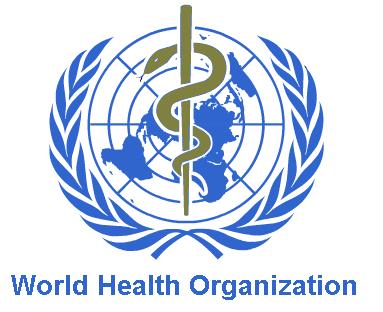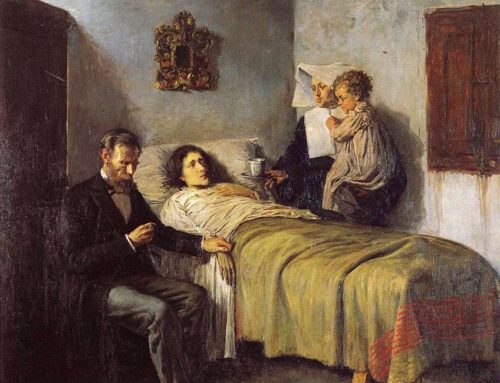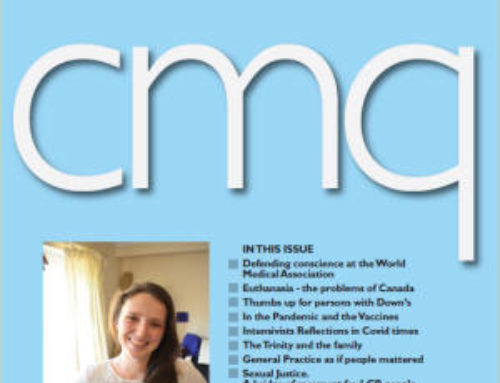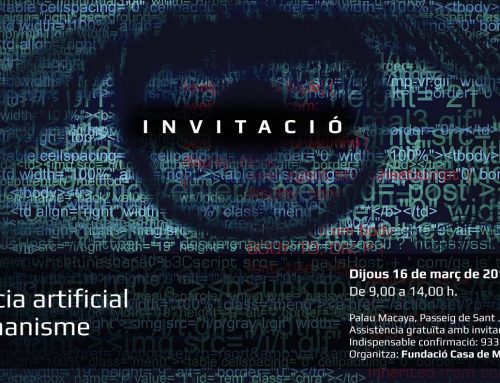New essential medicines and diagnostics lists published today
9 July 2019 News release Geneva
WHO’s Essential Medicines List and List of Essential Diagnostics are core guidance documents that help countries prioritize critical health products that should be widely available and affordable throughout health systems.
Published today, the two lists focus on cancer and other global health challenges, with an emphasis on effective solutions, smart prioritization, and optimal access for patients.
“Around the world, more than 150 countries use WHO’s Essential Medicines List to guide decisions about which medicines represent the best value for money, based on evidence and health impact,” said WHO Director-General Dr Tedros Adhanom Ghebreyesus. “The inclusion in this list of some of the newest and most advanced cancer drugs is a strong statement that everyone deserves access to these life-saving medicines, not just those who can afford them.”
The Essential Medicines List (2019)
Cancer treatments: While several new cancer treatments have been marketed in recent years, only a few deliver sufficient therapeutic benefits to be considered essential. The five cancer therapies WHO added to the new Medicines List are regarded as the best in terms of survival rates to treat melanoma, lung, blood and prostate cancers.
For example, two recently developed immunotherapies (nivolumab and pembrolizumab) have delivered up to 50% survival rates for advanced melanoma, a cancer that until recently was incurable.
Antibiotics: The Essential Medicines Committee strengthened advice on antibiotic use by updating the AWARE categories, which indicate which antibiotics to use for the most common and serious infections to achieve better treatment outcomes and reduce the risk of antimicrobial resistance. The committee recommended that three new antibiotics for the treatment of multi-drug resistant infections be added as essential.
Other updates to the medicines list include:
- New oral anticoagulants to prevent stroke as an alternative to warfarin for atrial fibrillation and treatment of deep vein thrombosis. These are particularly advantageous for low-income countries as, unlike warfarin, they do not require regular monitoring;
- Biologics and their respective biosimilars for chronic inflammatory conditions such as rheumatoid arthritis and inflammatory bowel diseases;
- Heat-stable carbetocin for the prevention of postpartum haemorrhage. This new formulation has similar effects to oxytocin, the current standard therapy, but offers advantages for tropical countries as it does not require refrigeration;
Not all submissions to the EML Committee are included in the list. For example, medicines for multiple sclerosis submitted for inclusion were not listed. The Committee noted that some relevant therapeutic options currently marketed in many countries were not included in the submissions; it will welcome a revised application with all relevant available options. The EML Committee also did not recommend including methylphenidate, a medicine for attention deficit hyperactivity disorder (ADHD), as the committee found uncertainties in the estimates of benefit.
The List of Essential (in vitro) Diagnostics
The first List of Essential Diagnostics was published in 2018, concentrating on a limited number of priority diseases – HIV, malaria, tuberculosis, and hepatitis. This year’s list has expanded to include more noncommunicable and communicable diseases.
Cancers: Given how critical it is to secure an early cancer diagnosis (70% of cancer deaths occur in low- and middle-income countries largely because most patients are diagnosed too late), WHO added 12 tests to the Diagnostics List to detect a wide range of solid tumours such as colorectal, liver, cervical, prostate, breast and germ cell cancers, as well as leukemia and lymphomas. To support appropriate cancer diagnosis, a new section covering anatomical pathology testing was added; this service must be made available in specialized laboratories.
Infectious diseases: The list focuses on additional infectious diseases prevalent in low- and middle-income countries such as cholera, and neglected diseases like leishmaniasis, schistosomiasis, dengue, and zika.
In addition, a new section for influenza testing was added for community health settings where no laboratories are available.
General test: The list was also expanded to include additional general tests which address a range of different diseases and conditions, such as iron tests (for anemia), and tests to diagnose thyroid malfunction and sickle cell (an inherited form of anemia very widely present in Sub-Saharan Africa).
Another notable update is a new section specific to tests intended for screening of blood donations. This is part of a WHO-wide strategy to make blood transfusions safer.
“The List of Essential Diagnostics was introduced in 2018 to guide the supply of tests and improve treatment outcomes,” said Mariângela Simão, WHO Assistant Director-General for Medicines and Health Products. “As countries move towards universal health coverage and medicines become more available, it will be crucial to have the right diagnostic tools to ensure appropriate treatment.”
Note to editors
The updated Essential Medicines List adds 28 medicines for adults and 23 for children and specifies new uses for 26 already-listed products, bringing the total to 460 products deemed essential for addressing key public health needs. While this figure may seem high, it corresponds to a fraction of the number of medicines available on the market. By focusing the choices, WHO is emphasizing patient benefits and wise spending with a view to helping countries prioritize and achieve universal health coverage.
The updated List of Essential Diagnostics contains 46 general tests that can be used for routine patient care as well as for the detection and diagnosis of a wide array of disease conditions, and 69 tests intended for the detection, diagnosis and monitoring of specific diseases.
The List is divided into two sections depending on the user and setting: one for community settings, which includes self-testing; and a second one for clinical laboratories, which can be general and specialized facilities.
Both WHO lists are models for countries to develop their own national lists. National lists based on local disease burden and existing healthcare delivery infrastructure provide an excellent framework from which countries can plan and implement the laboratory services and the medicines they need. Access to these health products requires good procurement practices, effective supply chains, quality management protocols and qualified health care workforces. The delivery of effective diagnostic services, because they are based on technologies, also depends on robust technical specifications, the availability of carefully designed laboratory networks, adequate supporting infrastructure and appropriate education of users (patient or health worker) to ensure safety.
- WHO model list of essential medicines: 21st list 2019
- Second WHO Model List of Essential In Vitro Diagnostics
- WHO model list of essential medicines for children: 7th list 2019
- Executive summary: the selection and use of essential medicines 2019
- Procedure to update the WHO Model List of In Vitro Diagnostics










